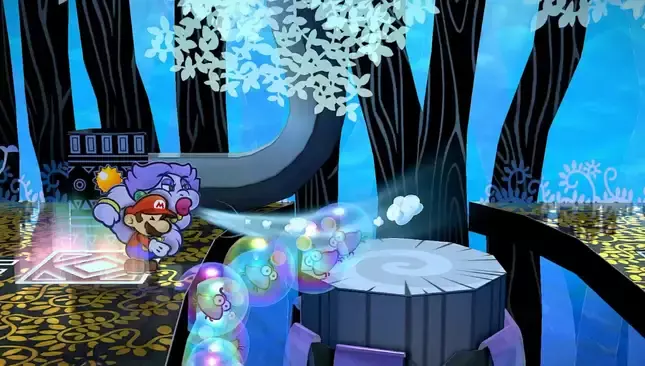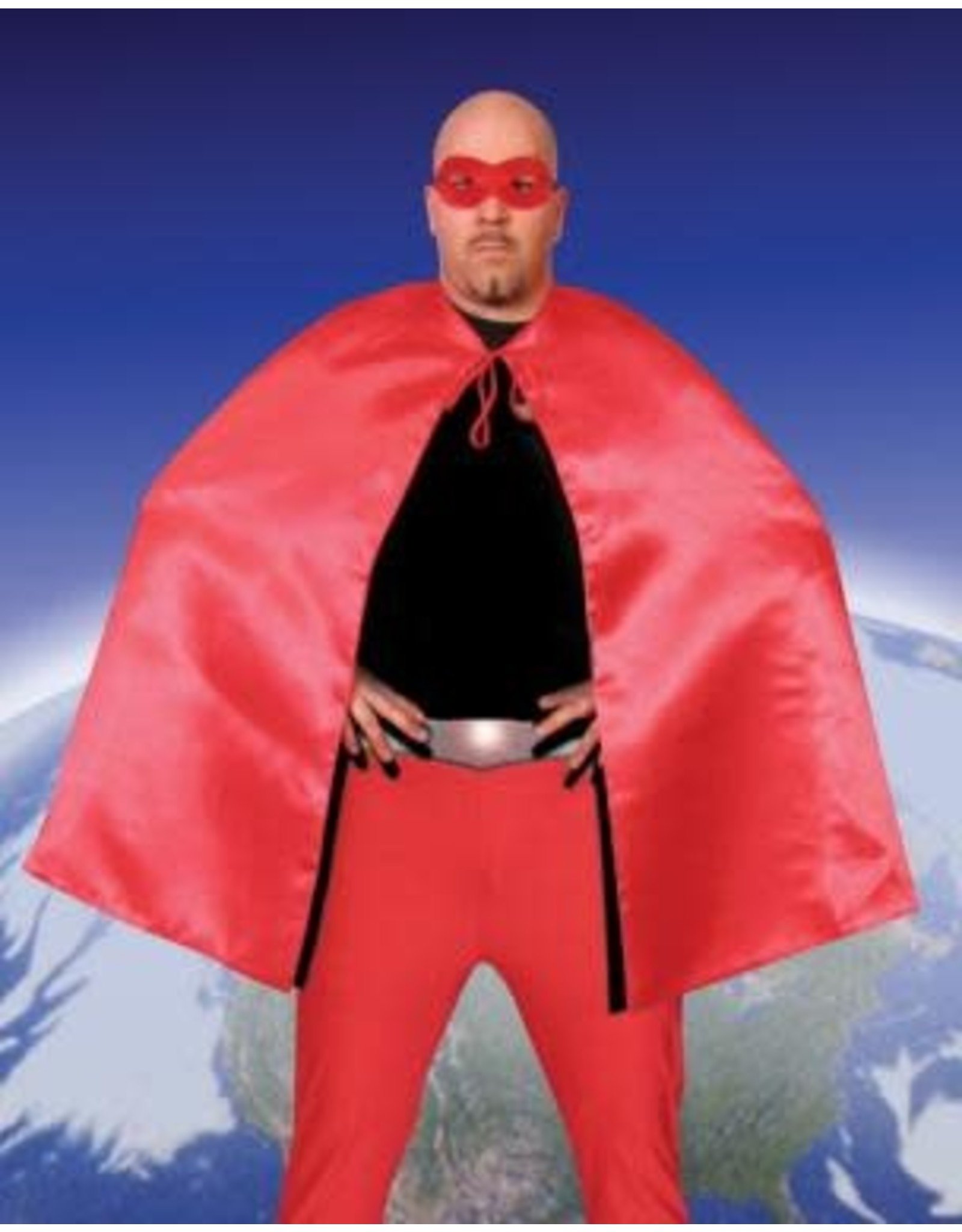Bayonetta Origins dev weighs in on the Paper Mario: The Thousand-Year Door frame rate controversy
Interesting dev insights
Back when Paper Mario: The Thousand-Year Door launched on the GameCube, the title ran at 60fps. With the Switch revamp on the way, it appeared many players expected this version of the game to offer the same frame rate. As was shared months ago and reconfirmed recently, Paper Mario: The Thousand-Year Door runs at 30fps. This tidbit has caused all kinds of complaints and debates online recently, and now a very interesting name has shared their thoughts on the matter.
Abebe Tinari is the director of Bayonetta Origins: Cereza and the Lost Demon, an absolutely gorgeous Switch that that also happens to run at 30fps. In a series of posts on X, Tinari talked about not only his own team’s move to 30fps for Bayonetta Origins, but why Paper Mario: The Thousand-Year Door is likely locking things at 30fps as well.
We often hear from armchair analysts and would-be developers on why a game should/shouldn’t be 60fps and why certain outcomes are acceptable/not acceptable. It’s nice to hear an honest-to-goodness developer chime in on the situation and offer actual insight into how things work, why decisions are made, and just how many things are considered behind the scenes.
You can see some of Tinari’s comments below, but make sure to click over for the full rundown.
I can empathize with the devs of Paper Mario: TTYD on Switch wrt the whole 30fps vs 60fps situation. We tried for a long time to get Cereza and the Lost Demon running at a stable 60fps. We were able to maintain 60fps inside the Tír na nÓg stages, but it just wasn’t possible to keep the same visual fidelity and hold 60fps in the forest. My choice was either to have an unlocked framerate with frequent dips to 30~50 fps, or cap it and hold a stable 30fps.
The most difficult part of game dev is making choices about what to prioritize. Everything has a cost, both in terms of dev time to implement it, and in terms of processing time when the game is running…ultimately you simply cannot have everything.
CatLD may not look visually complex, but there is actually a ton of post-processing going on under the hood: the colours fading in like ink as you move through the world, the shading patterns on objects, the way the world curves to allow you to see further into the distance.
Add Comment
giancarlo thomaz senoni
15d agoas long as Nintendo/Inteligent System, is able to maintaim a smooth/stable 30fps on the Paper Mario the Thousand Years Door remake i fine with this.

enthropy
15d agoBayonetta Origins isn't exactly a fast-paced game anyway, so a smooth 3 FPS is better than the framerate jumping up and down, but the question is then how did Platinum make Bayonetta 3 being mostly 60?
Probably due to core philosophies behind the development. With Bayo 3 being an action game, Platinum probably started with a hard "it has to be 60, and anything that gets in the way of that needs to be addressed."
They could have addressed issues by simply not using more resources heavy elements (complex lighting, shadows, etc.) or put in more effort to optimize the game. Either way, the extra effort spent there means less effort was spent somewhere else.
For Origins, they probably never felt a hard need for 60. So at some point, they decided added visual effects or flourishes were worth not hitting 60. And not optimizing for 60 let them put their effort elsewhere.
TTYD's Switch version team likely did the same.
The visuals did get a good bump it looks like, not sure if it's "can't hit 60 easily with those visuals" level, though.
I suspect TTYD is probably using something closer to an off-the-shelf engine, which is probably using more resources than a custom-built Switch engine, and preventing it from hitting a stable 60 fps.
It doesn't really matter to me, though, 30 is completely fine.


Comments (3)